Lesser-known English Heritage sites to visit in 2022
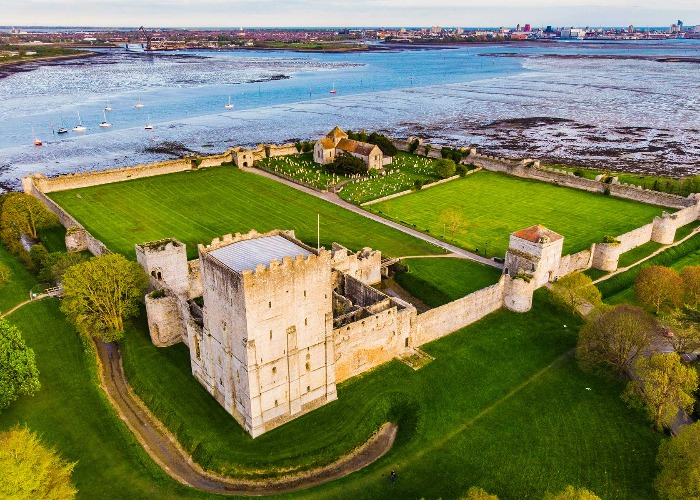
There’s an amazing number of historic places on your doorstep. These lesser-known English Heritage sites are well worth visiting.
In 2021, English Heritage saw a record number of visitors to their smaller sites in comparison to 2019. As people stayed closer to home, many swapped popular tourist pilgrimages to the likes of Stonehenge and Hadrian’s Wall for underrated castles, crumbling abbey ruins and former aristocratic edifices.
Plus, the heritage-conservation charity recently selected five of the most beautiful autumnal landscapes across their sites, with gilded picture frames capturing the new season as artworks of their own, from Osborne House on the Isle of Wight to Walmer Castle near Deal, Kent.
Read on to discover which places were included on the list, from hiding places fit for royalty to exposed Roman town walls. Who knows what else lies just around the corner from home sweet home?
Check the English Heritage website for the latest opening times and details of how to book before you set out.
1. Barnard Castle, County Durham
Set on a high rock overlooking the Tees Gorge, Barnard Castle is a 12th-century fortress that once belonged to King Richard III – and is now a household name for a very unexpected reason. After rebels besieged the castle during the ‘Rising of the North’ in 1569, the site effectively became abandoned until its imposing ruins became something of a tourist site from the 18th century onwards. In more recent years – 2020, to be specific – the castle made the headlines when it was revealed that Dominic Cummings, the former Chief Adviser to the British Prime Minister, had driven to Barnard Castle ‘to test his eyesight’ during one of the country’s strictest lockdowns.

Andrew Fletcher/Shutterstock
With visitor numbers on the up, make the most of the attractive sensory garden within the castle grounds with scented plants and tactile objects. You should also keep your eyes peeled for Richard’s boar emblem on the underside of the oriel window in the Great Chamber. In fact, there are others to be spotted throughout the rest of the historic market town at the likes of the 15th-century Blagraves House, St Mary’s Church and Bowes Museum.
Love this? Follow our Facebook page for more travel inspiration
2. Boscobel House, Shropshire
This former hunting lodge was where King Charles II fled to after his defeat in the Civil War in 1651. The tougher-than-nails king supposedly hid from Oliver Cromwell’s soldiers in a nearby oak tree (now known as The Royal Oak) as they searched for him below. And here’s a fun fact: there are over 500 pubs across England called The Royal Oak.
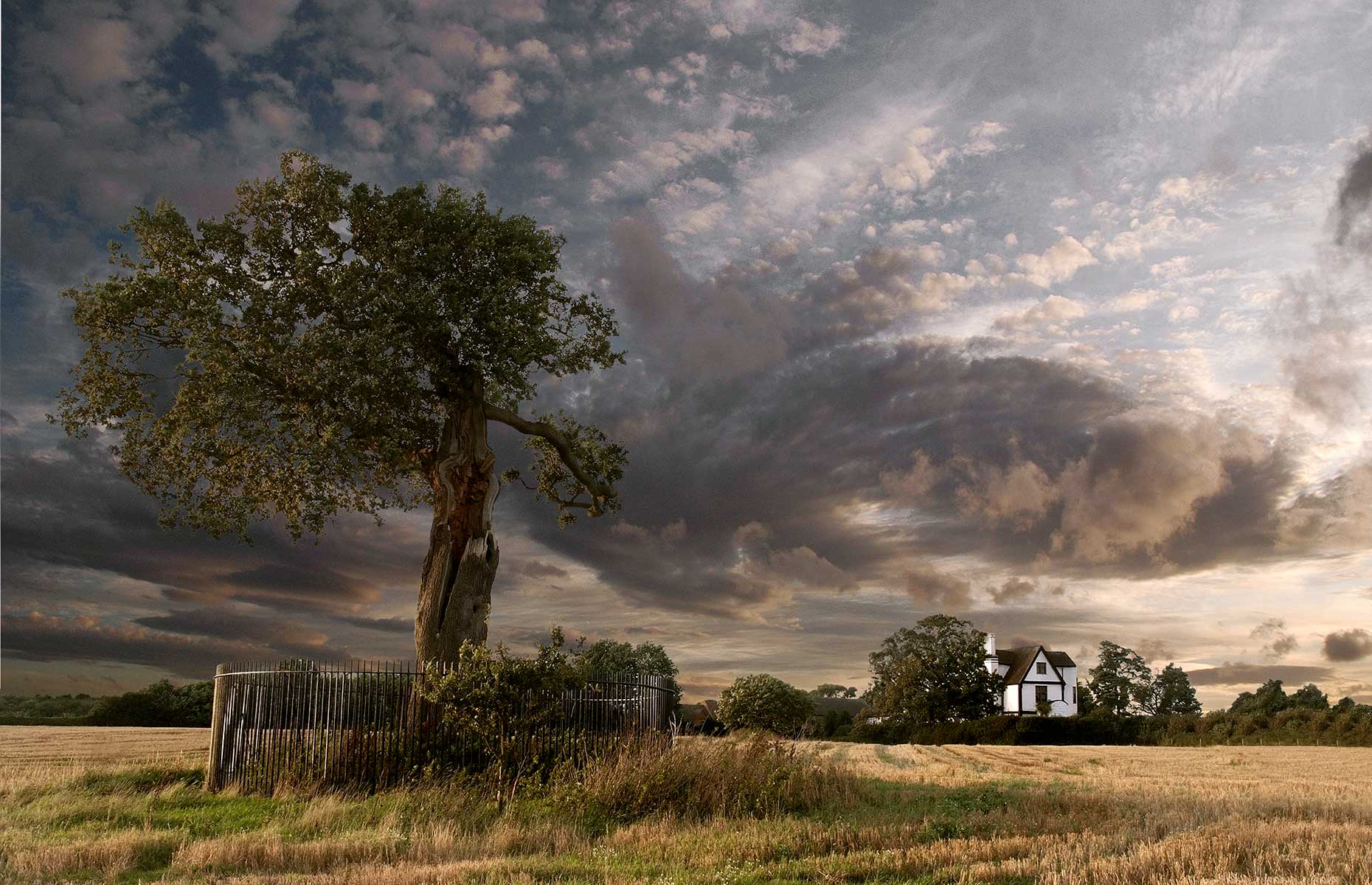
English Heritage/Heritage Images/Getty Images
In 1814, Boscobel became a thriving farm, with 17th- and 19th-century buildings still standing today. There are also resident sheep and pigs, allowing visitors to get a real feel for what life on a Victorian farmyard would have been like. You can also take an interactive tour of the house by candlelight, before venturing outside to the 17th-century garden to admire its characteristic box hedging and plants that were common of the period, like peonies and artemisias. End your visit with a light lunch in the stables-turned-tearoom whose menu uses fresh ingredients from the kitchen garden.
3. Kirkham Priory, North Yorkshire
Between York and Malton lies Kirkham Priory, a medieval site set in the picturesque Derwent Valley. It was founded in the 1120s by Lord Helmsley and was once home to Augustinian Canons (priests who lived as a community) until its dissolution in 1539. It was later used as a secret military research site during the Second World War.

Steve Allen/Shutterstock
The ruins are set in an open-plan site surrounded by swathes of grass, making it perfect for exploring and a picnic. As you walk through the elaborate Gatehouse, marvel at its sculpted decoration of the noble de Roos family’s (former patrons of the site) coat of arms, along with other powerful aristocratic families of the north and religious imagery. Next to the site is the Derwent River which is a great spot for a respite and to savour the views.
READ MORE: Our guide to York
4. Yarmouth Castle, Isle of Wight
The Isle of Wight, situated just off the south coast of England, is home to King Henry VIII’s Yarmouth Castle. The Tudor coastal fortress was the first arrowhead-style bastion in Britain and once guarded the western entrance to the Solent (the strait between the Isle of Wight and the mainland).
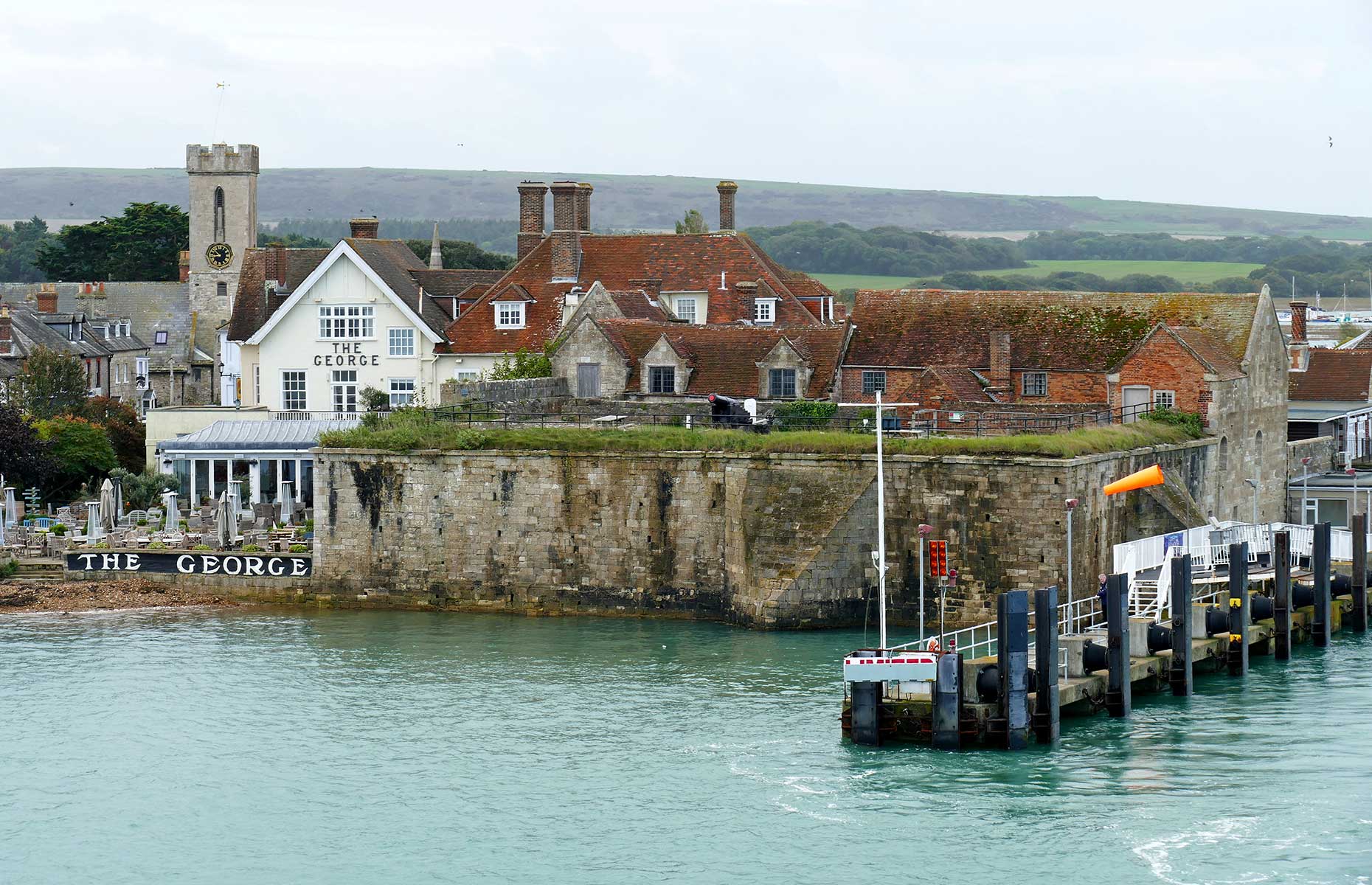
RogerMechan/Shutterstock
Visitors today can climb the battlements or head inside the castle’s interior to understand how the structure was used during the 16th century as well as learn about the numerous shipwrecks in the area. After all that history, enjoy a relaxing picnic on the lawn or soak up the sea views overlooking the Solent.
In nearby Cowes, Osborne House was selected by English Heritage as one of the most beautiful autumn garden landscapes. A gilded picture frame will be positioned in the gardens for visitors to appreciate the same seasonal views as the site's former royal residents, making it easy to see why Queen Victoria described Osborne as being "impossible to imagine a prettier spot”.
5. Roche Abbey, South Yorkshire
Roche Abbey is a 12th-century abbey that still has one of the most complete ground plans of any English Cistercian monastery. Unusually, it was smaller than other Cistercian monasteries in Yorkshire, but this was more typical of the order. The abbey was once home to 50 monks and 100 lay brothers (who undertook most of the manual work) but the site was surrendered to King Henry VIII in 1538.
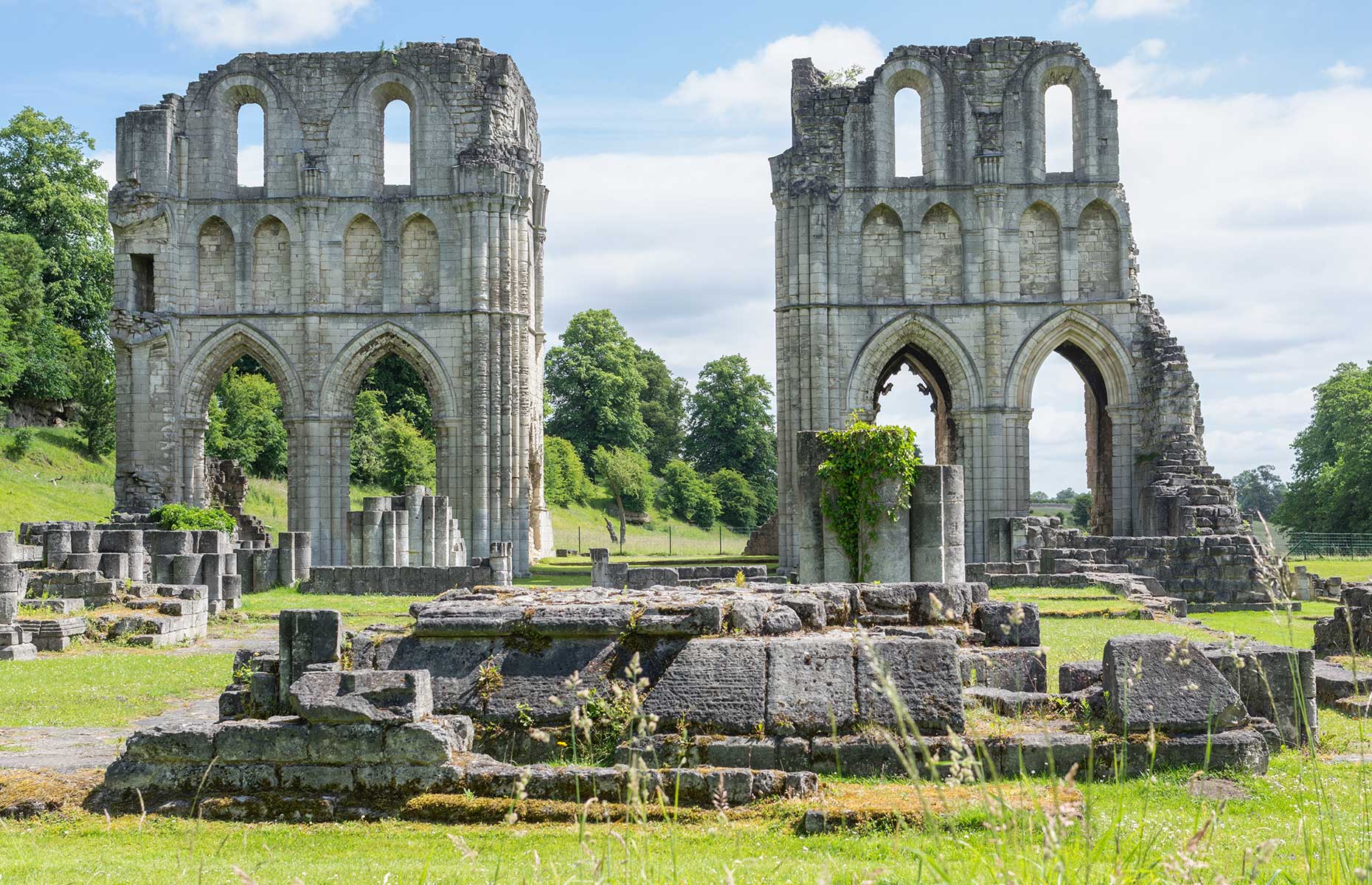
Jeremy Alan Baxter/Shutterstock
Visitors today can still see the ruined halls of the infirmary as well as part of the gatehouse and Gothic transept (the ‘arms’ of a cross-shape church) walls. The latter still stand at their original height and are the finest of their kind in Britain. Take in the gentle stream that trickles through the site or make use of the public footpath that runs alongside and around the abbey for differing viewpoints.
6. Kirby Hall, Northamptonshire
This outstanding Elizabethan house was first built in the 17th century and is home to a wonderfully well-restored Elizabethan garden that was once described as ‘ye finest garden in England’. The Grade I-listed site was previously owned by Sir Christopher Hatton, the Lord Chancellor to Queen Elizabeth I, and has hosted visiting royals including King James I, Charles I and Queen Anne of Denmark.
Enter Kirby Hall through the grand reception room before taking in the spacious Great Hall and Great Chamber which have been restyled to reflect 17th- and 18th-century designs of the time. The interactive exhibition gives insight into the history of the place – don’t miss the four-poster bed which was recreated based on a real bed listed on the Hall’s inventory.
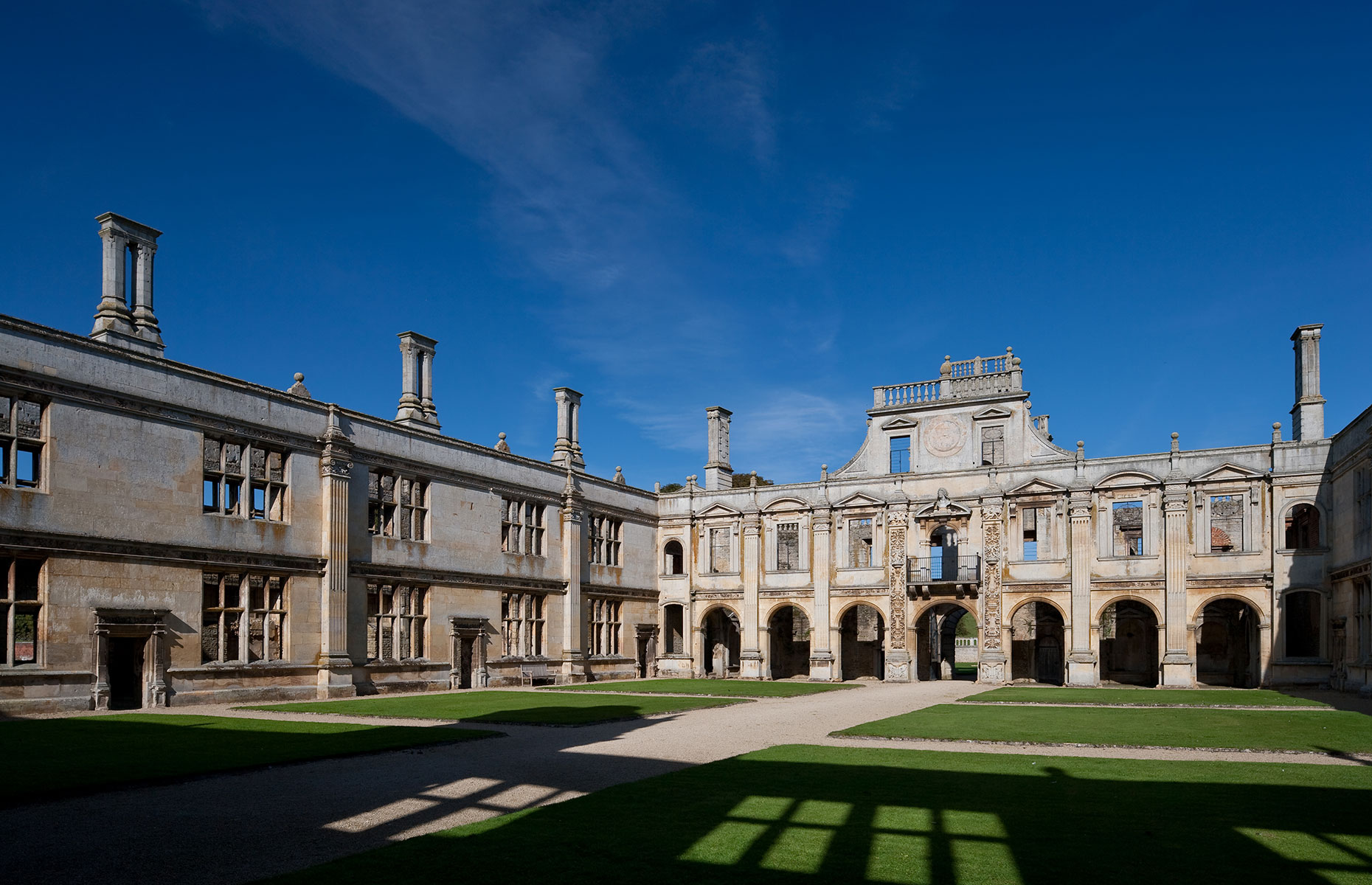
Graham Taylor/Shutterstock
Take a stroll through the garden and admire the period-style ‘cutwork’, statues, urns and topiary, and keep a safe distance from the peacocks that freely roam the site! To extend your visit, book a stay at Peacock Cottage where you can wander around at your own pace.
READ MORE: The most historic places to stay in Britain
7. Wrest Park, Bedfordshire
Wrest Park is a French chateau-style building set in 90 acres of restored landscaped gardens which date back to the 17th century. The grounds reflect 300 years of English garden design with the likes of a pear orchard, rose garden and walled garden, as well as European flairs including Italian gardens, French parterres and Dutch styles.
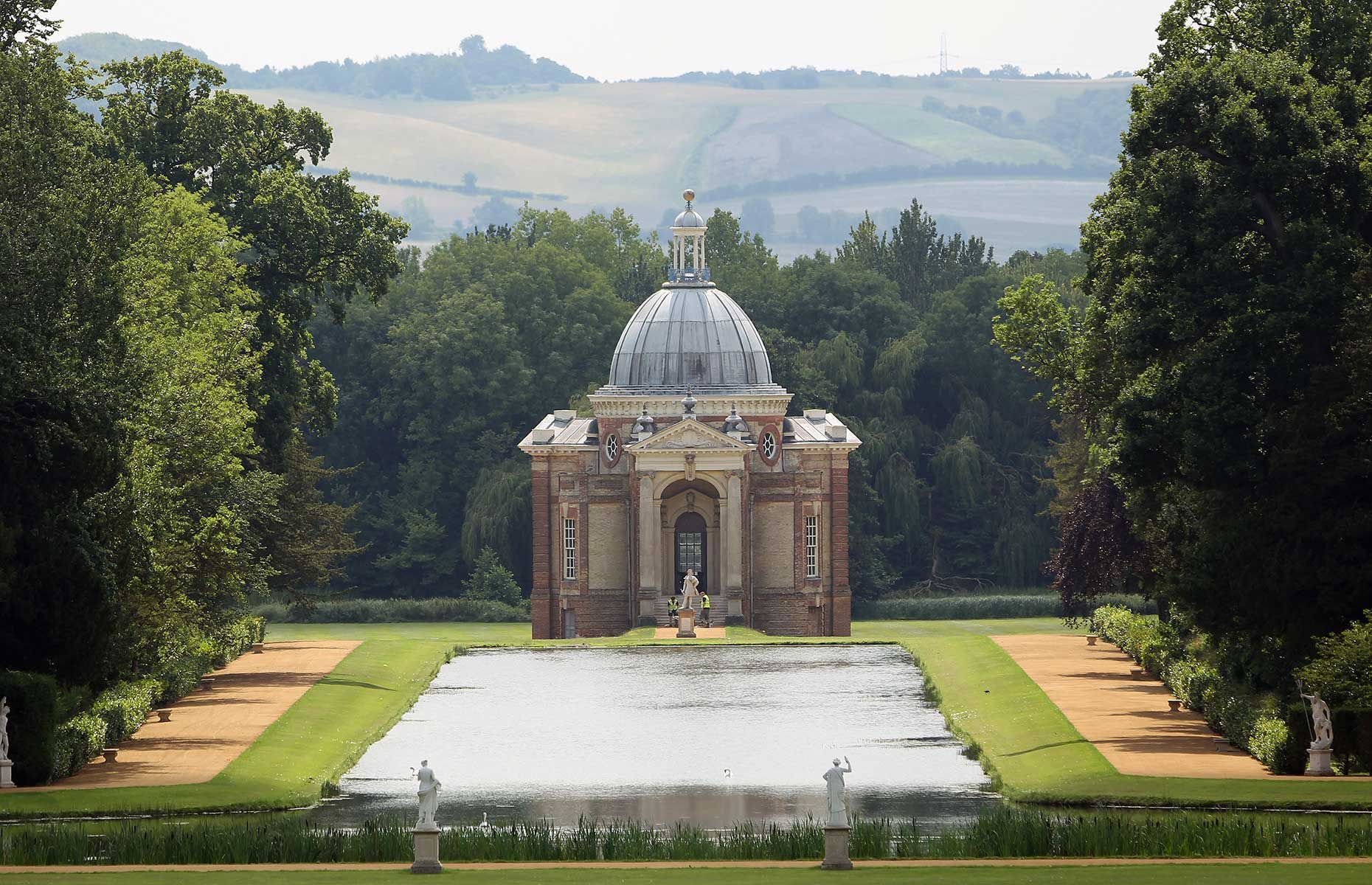
Dan Kitwood/Getty Images
The park is also sprinkled with classical statues, but the real highlight is its Long Water walk – or, rather, what comes at the end of it. A walkway lines each side of the Long Water which leads down to the beautiful Archer Pavilion, built by Thomas Archer in the early 18th century. This Baroque-styled structure is the focal point of the gardens and is well worth packing your camera for.
8. Aldborough Roman Site, North Yorkshire
Aldborough was the former capital of the Isurium Brigantum, home to the Brigantes who were the largest tribe in the early Roman period. They were ruled by Queen Cartimandua from AD 43 until her ex-husband took over in AD 69. The excavated site suggests that Aldborough was a thriving urban society with defence towers and evidence of military associations and a wealthy elite.
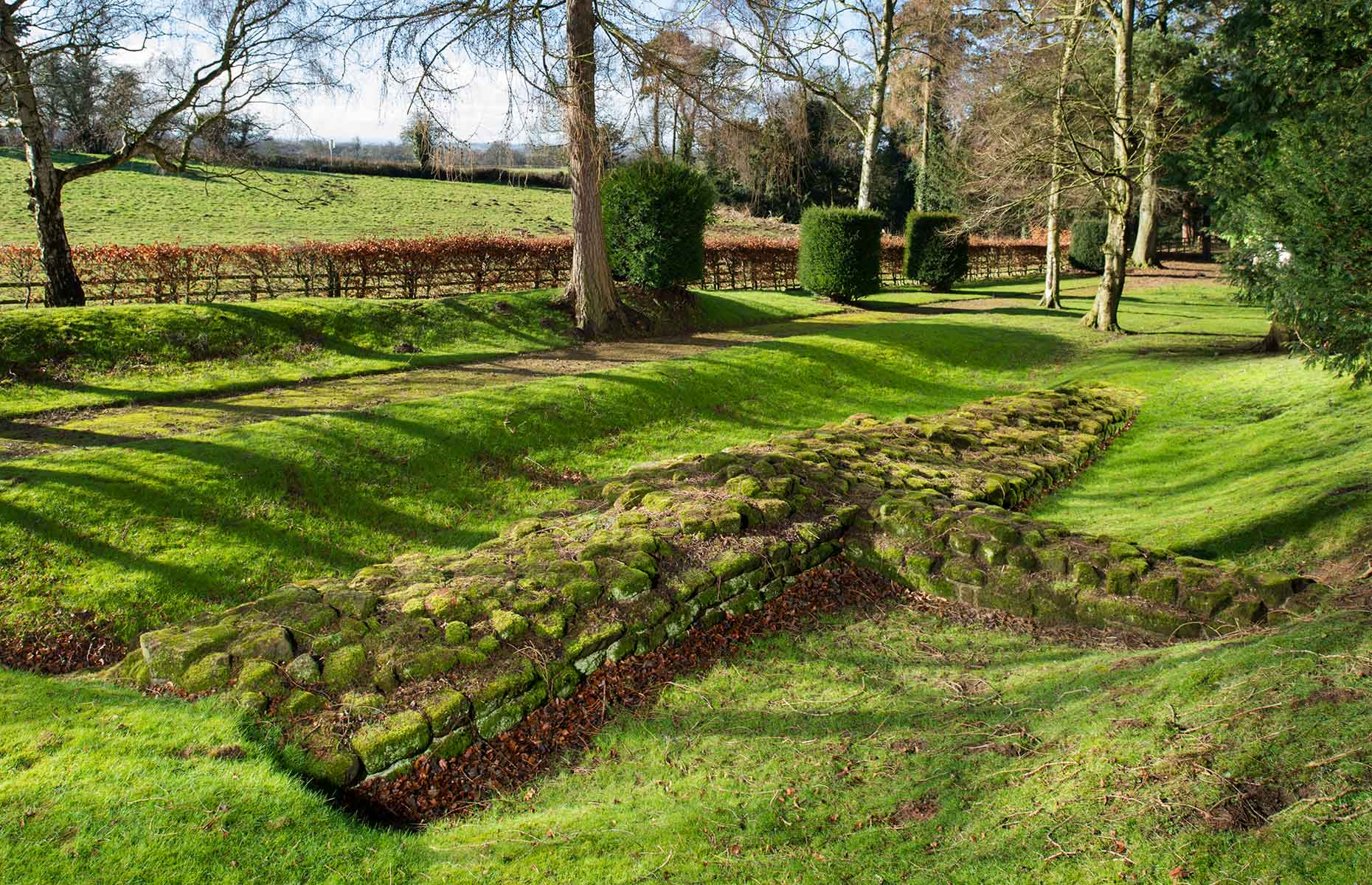
English Heritage/Heritage Images/Getty Images
The Aldborough Roman Site today is set in a Victorian arboretum where a section of the original town wall – first built in the late 2nd century AD – can still be seen, as well as two mosaic pavements that are still in situ. The on-site museum displays more mosaic fragments along with other Roman and post-medieval artefacts, from vessels to surgical tools.
Lead image: Phil335/Shutterstock
Comments
Be the first to comment
Do you want to comment on this article? You need to be signed in for this feature